As is the case with one of my favourite Australian writers and playwrights, Louis Nowra, Sydney is also my adopted city.
Although from 1977 to the 1990s I worked in Brisbane, like Nowra, I was born and educated in Melbourne. I too have fallen in love with the beguiling city of Sydney.
Born in December 1950, Nowra has for many years resided on the border between Kings Cross and Woolloomooloo, and is married to his third wife, the author, Mandy Sayer.
In 2000 Nowra and Sayer, who live near each other, co-edited an anthology about Kings Cross, In the Gutter: Looking at the Stars. This involved extracts from 37 diverse Australian writers, including Gabriel Lord, Barry Humphries, Patrick White, and the ‘Queen of Bohemia’ from the 1930s, Dulcie Deamer.
Nowra’s more recent non-fiction includes Kings Cross: a biography (2013), and Woolloomooloo: a biography (2017).
Now Nowra has produced a brilliant study of the often visually beautiful, and sometimes brash and brazen city of Sydney, which boasts the world-renowned Opera House and the magnificent Harbour Bridge.
As this cleverly interwoven story develops from the twentieth to the twenty-first century, Nowra not only explores Sydney’s fascinating cohort of criminals, entertainers, artists, and corrupt politicians, both Liberal and Labor, but also surveys its evolving landscape and architecture. In the 2000s, Australia’s premier global city has increasingly witnessed the construction of towering high-rise buildings, sometimes of dubious quality.
This illuminating ‘biography’ of Sydney has three entwining themes. The first two are a detailed chronological history of the city and an outline of some key spaces and places, including Government House, Hyde Park, the Town Hall, Circular Quay, the Theatre Royal, Oxford Street, Bondi Beach, and the Crown Casino. The third strand involves exploring the role of local sandstone in the construction of many iconic buildings, plus issues connected with water, including the Tank Stream and troubles at Botany Bay.
Nowra’s Sydney, he explains, ‘is basically bounded by Chippendale, Redfern, Ultimo, Walsh Bay, the harbour, Surry Hills, Woolloomooloo, and… the Rocks.’ Those who appear in this intriguing book include the first Aboriginal to visit England and return, Woollarawarre Bennelong; Governor William Bligh, who was overthrown by the New South Wales Corp in the so-called ‘Rum Rebellion’; Bligh’s illustrious successor, Governor Lachlan Macquarie who arrived in 1810; and leading architect of early Sydney, Francis Greenway – transported from England in 1814. Others who gain a guernsey are the once influential artist from the late 1840s, Joseph Fowles; Charles Percy Pickering who gained overseas renown for a portfolio of 166 photographs of Sydney’s most notable buildings, taken in 1871; and English-born novelist, Ethel Turner. Her widely read Seven Little Australians was first published in 1894.
Post-colonial Sydneysiders include rival gangster molls from the late 1920s, Tilly Devine and Kate Leigh. Also featured in Sydney: A Biography, which is dedicated to Mandy Sayer, are Norman Lindsay – infamous at the time for painting nudes; Sydney University’s libertarian professor of philosophy, John Anderson; Aboriginal activist Charlie Perkins; modernist architect Harry Seidler; writer Donald Horne; painters Jeffrey Smart and Brett Whiteley; fashion designer Jenny Kee; photographers Max Dupain and William Yang; and Labor luminary, Paul Keating, who claimed, ‘If you don’t live in Sydney, you’re camping out.’
In 1992 prime minister Keating delivered an historic address in Redfern (where I now live), publicly acknowledging the often-violent dispossession of Australia’s indigenous peoples.
As Nowra explains, central to Sydney’s business and media history were members of the Fairfax and Packer families. Especially prominent were John Fairfax and his mega-rich son, Warwick Fairfax Snr, after whose death in 1987 the ‘Fairfax empire’ imploded. Key rivals were the legendary R.C. (Robert Clyde) Packer, who owned two Sydney newspapers, and his son, the media tycoon Frank Packer.
Sir Frank’s sons, the equally ruthless, chain-smoking but teetotal Kerry Packer, and his elder brother, Clyde – a Liberal MLC – were both, for a time, pivotal publishing figures. Although Nowra doesn’t mention it, before he escaped Sydney in 1976 to reside in America, Clyde Packer had for six years been Barry Humphries manager.
It was Humphries, who on 5 November 1974, introduced leading Australia model and actor Lyndal Moor to me in Darlinghurst, near Kings Cross. A mutual friend quipped that, in ditching Clyde Packer, with whom she was then living, to marry me in Sydney exactly two years later, Lyndal went ‘from diamonds to boiled lollies!’
As Louis Nowra makes clear in this lively book, Kerry Packer’s son, the deeply troubled billionaire business tycoon, James Packer, now also located overseas, is often in the news. Clyde, Kerry and James all attended the then-male-only Cranbrook School in Sydney.
Sydney: A Biography is replete with a panoply of fascinating places and influential people, from all walks of life. But, these days, the city’s most important ‘influencers’ are arguably IT billionaires. They include co-founders of the hugely successful software company Atlassian, Michael Cannon-Brookes (who was schooled at Cranbrook) and Scott Farquhar. Both were born in 1979.
In his concluding chapter, Louis Nowra quotes with approval the prolific crime fiction writer, Peter Corris: ‘Sydney is the perfect city – its beauty, atmosphere and culture providing a spectacular contrast to its underbelly of poverty, corruption and vulgarity.’
How true is that?
Got something to add? Join the discussion and comment below.
Get 10 issues for just $10
Subscribe to The Spectator Australia today for the next 10 magazine issues, plus full online access, for just $10.
Ross Fitzgerald is Emeritus Professor of History and Politics at Griffith University. His most recent book is My Last Drink: 32 stories of recovering alcoholics, coedited with Neal Price (Connor Court).
You might disagree with half of it, but you’ll enjoy reading all of it. Try your first month for free, then just $2 a week for the remainder of your first year.

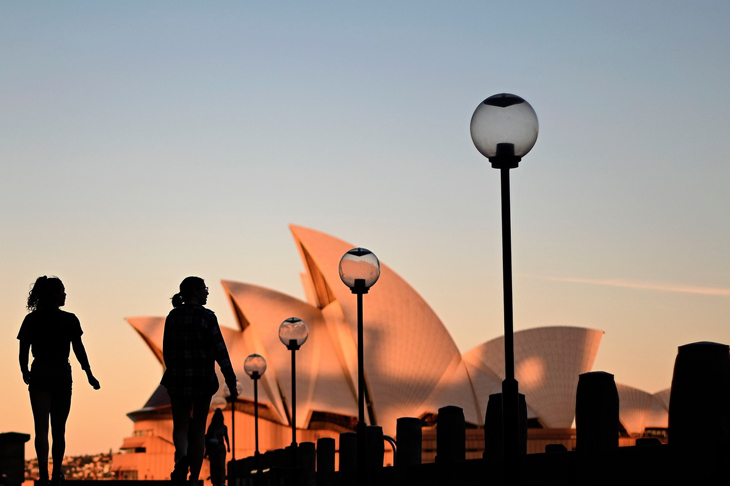
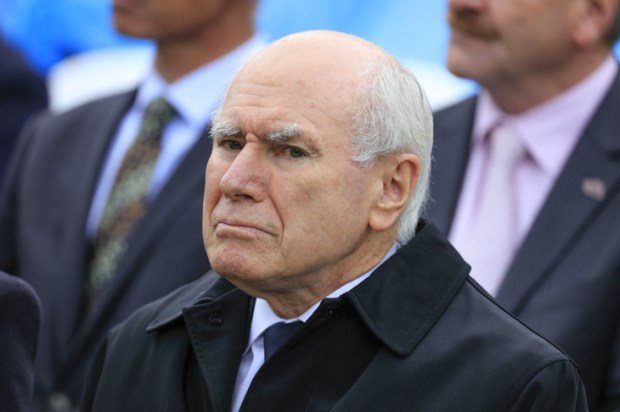
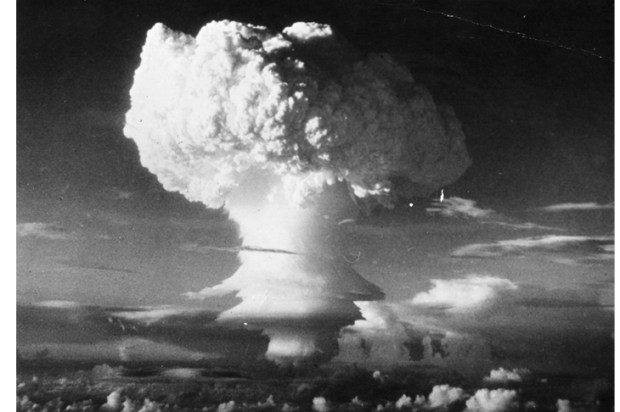
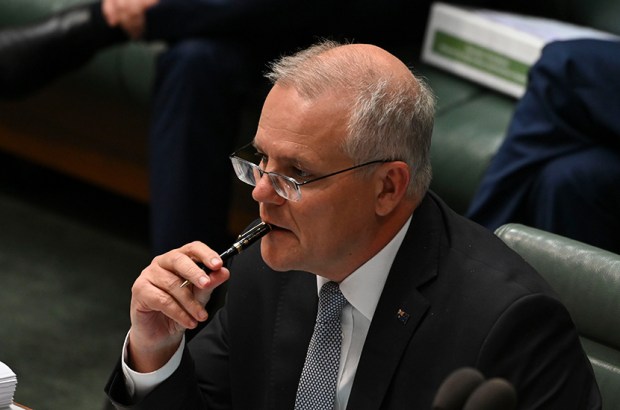
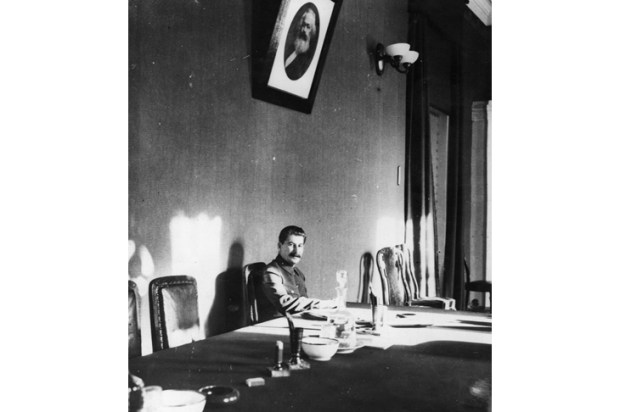
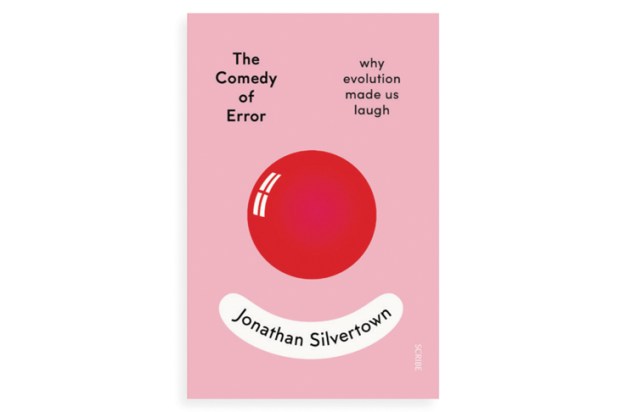
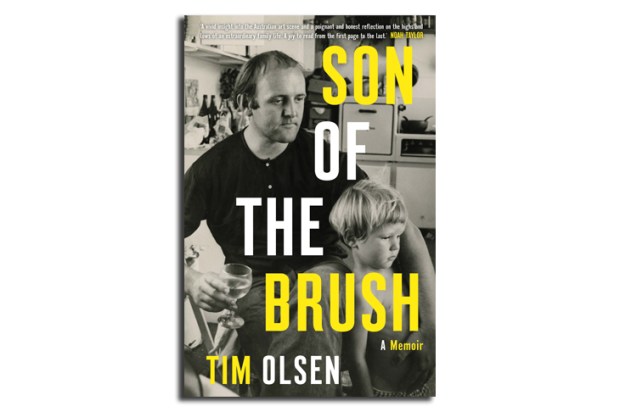






Comments
Don't miss out
Join the conversation with other Spectator Australia readers. Subscribe to leave a comment.
SUBSCRIBEAlready a subscriber? Log in